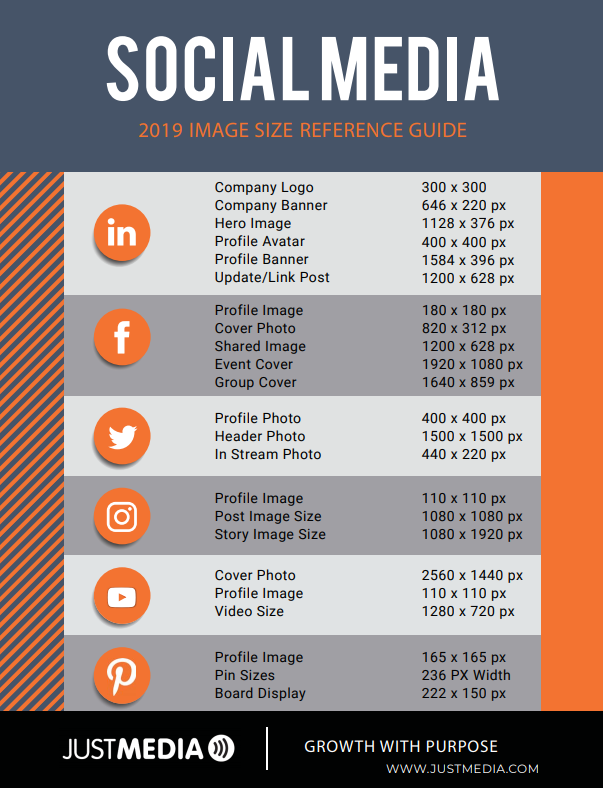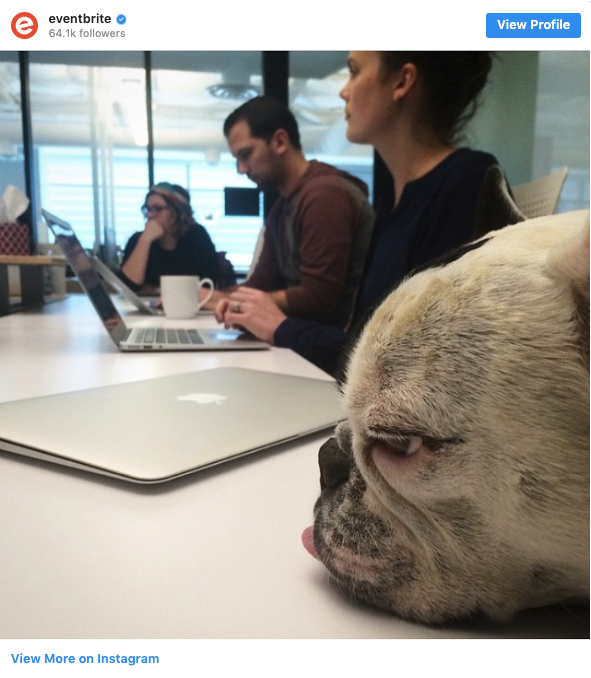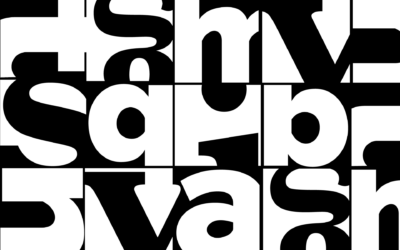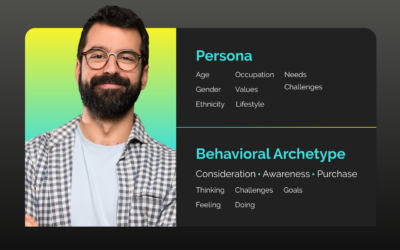They say a picture’s worth a thousand words and — at least as far as marketing is concerned — they’re right.
Statistics abound reinforcing the importance of visual content in marketing. But knowing what to do and how to do it are two very different things. Some quick tips for getting started:
Know your platforms.

All content marketing is not created equal, and the images used for each platform shouldn’t be either. There are the most basic considerations: optimal image specs and sizing vary across email, blogs, and the various social channels. Here’s a snapshot of the current image size requirements for the leading social channels, and this not-exhaustive list doesn’t even include images for email, blogs, or responsive sites.
It’s not enough, however, to optimize image sizes. Image content itself must vary across platforms in order to successfully engage audiences. Because nothing is ever easy, the rules of engagement tend to change from one social channel to the next. Take an image’s background, for example. As illustrated below, images with a high amount of background perform better on Instagram, whereas images with a low amount of background perform better on Pinterest. Knowing what works well from one platform to the next helps focus your efforts and increase ROI.
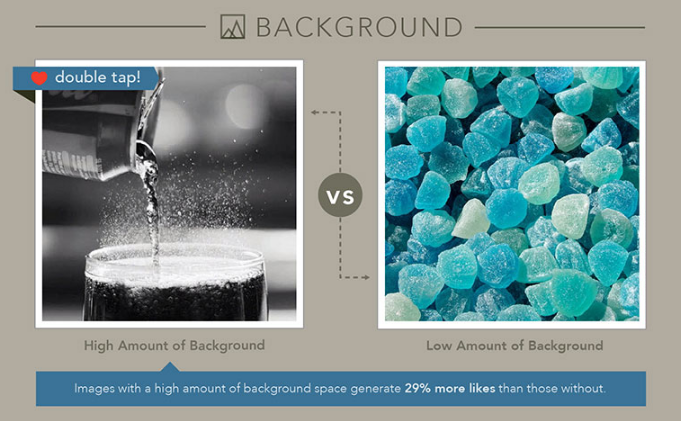
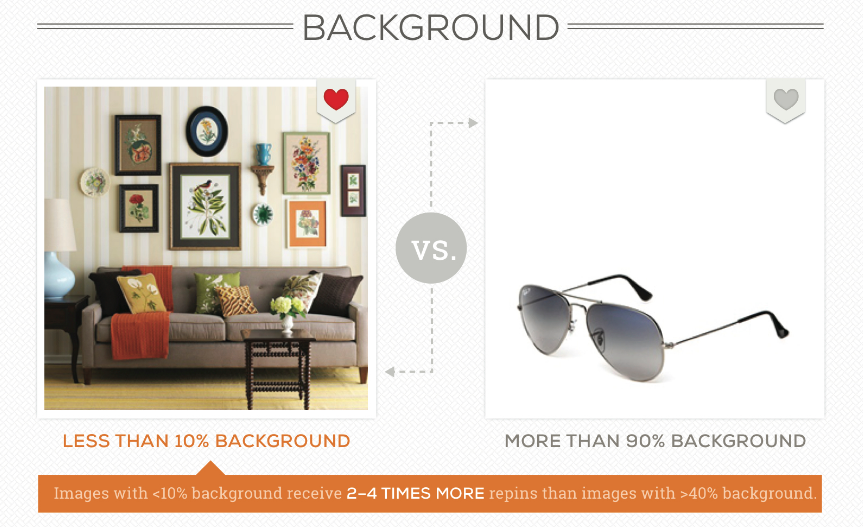
Know your purpose.
In addition to platform specifications, purpose should inform image selection. Think through the goal for each image you need. Are you trying to reinforce your brand or sell a specific product? Do you want the audience to like, pin, or retweet your image to create viral reach, or do you need to entice click-throughs? As you might have seen a few million times on Instagram and Facebook, people can’t resist liking and sharing an inspirational quote placed over a beautiful background image, but they probably won’t head over to your blog post after hitting the thumbs up.
While purpose doesn’t always need to be consistent. After all, a brand can’t survive on gorgeous inspo quotes alone (can it?), it’s a good idea to plan out your image content and match platforms to goals. For example, many smart brands use Instagram and Instagram Stories to share behind-the-scenes shots or candid office moments that allow audiences to connect with and relate to them on a more human level. Pro tip: you can’t go wrong with dog content.
Know your options.
You don’t have to limit yourself to photos when it comes to non-video image content. Infographics, illustrations, charts, and annotated screenshots can all play a role in successful content marketing.
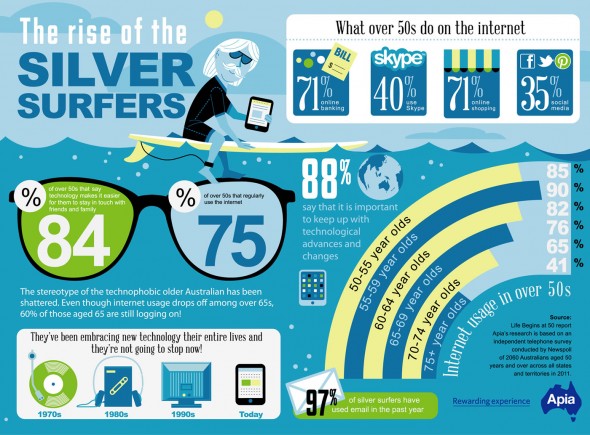
If you’ve spent any time on this blog (or, let’s be real, the internet at large), you’re well aware of cinemagraphs and GIFs as another way to illustrate a point.
When it comes to photography, it’s always ideal — though not always feasible — to create your own content. You’ll be able to control every aspect of every photo in your library, but it’s not always within budget. Without access to a staff or freelance photographer for photo shoots, stock photography can still be a great option, if you know how to look.
Take a look at these suggestions to avoid results like the infamous example below, or read this list of insane stock photos you have to see to believe:
- Search intelligently. Use multiple keyword combinations and advanced filters to save time and energy finding images specific to your need.
- Dig deeper. Not only in your search results, but into the message and story you’re trying to convey. Think through the emotions you want to evoke from your audience when they engage with your content, and use a complementary image.
- Budget for the purchase of quality stock photos, as well as a designer who can modify the images to more effectively communicate your brand’s look, tone, and voice.
- It should go without saying, but understand and comply with the various types of photo licensing requirements.
- When in doubt, A/B test (this advice goes for pretty much all your content marketing, images very much included)!
A final word. Whether you create your own image content, doctor up stock photos, or design a beautiful illustration, inclusivity is imperative. Keep all potential audiences in mind with diverse images and never forgo alt text.
Photo by Patrick Tomasso on Unsplash


